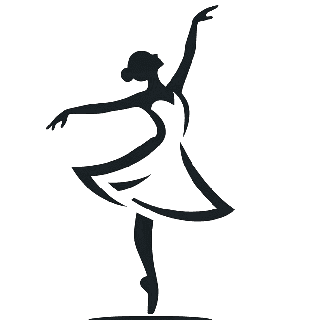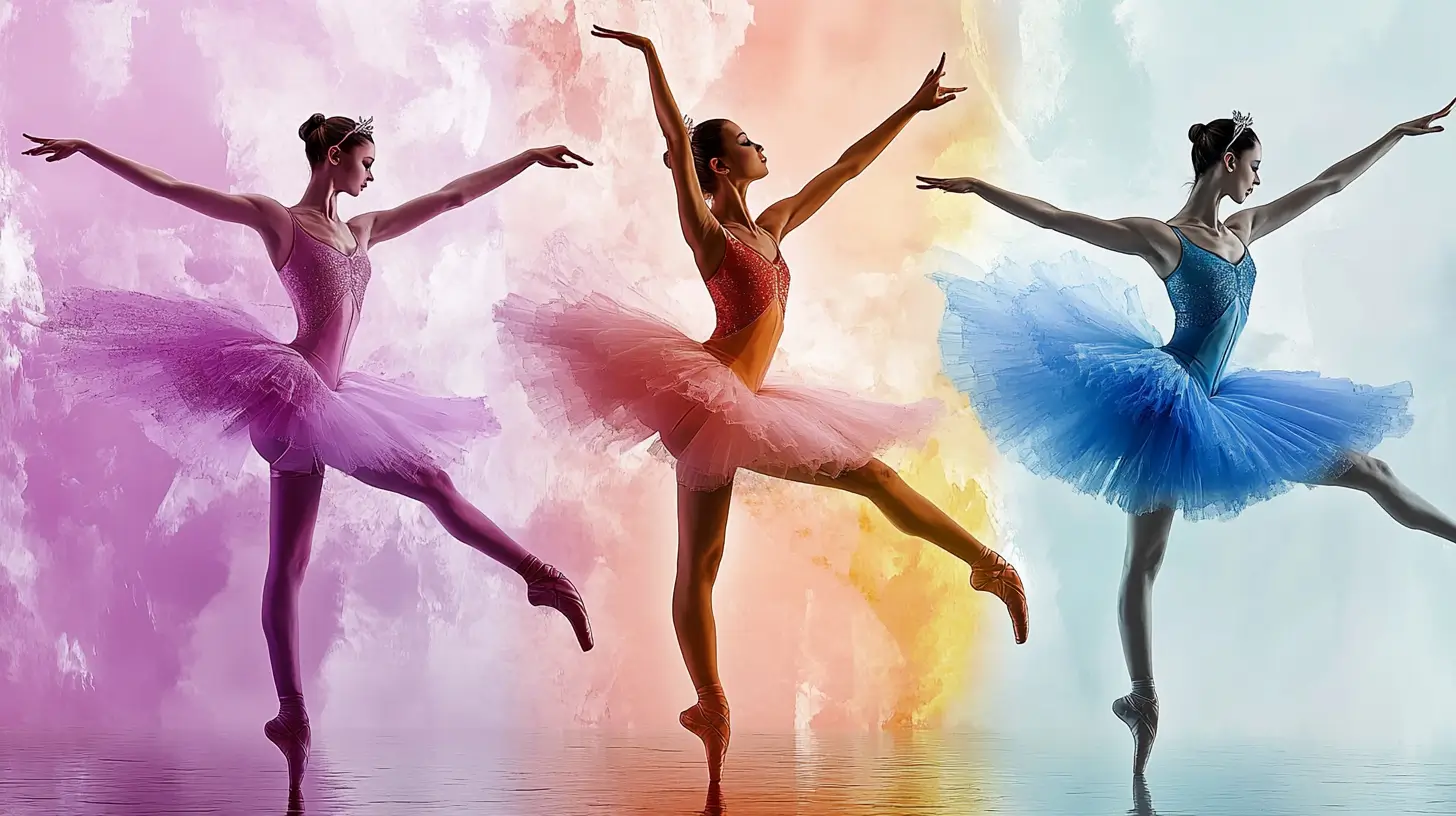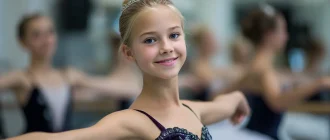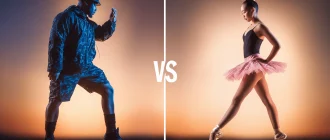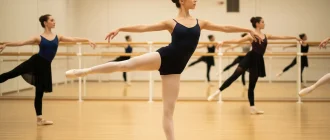Are you curious about the reach and impact of ballet? This article uncovers surprising ballet statistics, from global audience numbers to financial investments and injury rates among dancers. Discover the data that shapes the world of ballet.
Graceful Insights
- Ballet boasts a global presence, with performances attended by millions across 60 countries, underscoring its cultural significance and universal appeal.
- Aspiring ballet dancers undergo intense training, typically six hours daily, for over a decade. This reflects their dedication to the art form and its demanding physical requirements.
- The financial burden of ballet training can exceed $100,000 over a 15-year period. This burden is compounded by declining funding for dance organizations, underscoring the need for greater industry support.
| No. | Statistic | Description |
|---|---|---|
| 1 | 3-5% of Ballet Dancers Reach Professional Levels | Only a small percentage of ballet students achieve professional status in major ballet companies. |
| 2 | 60-80% of Ballet Dancers Suffer Injuries | Ballet dancers experience a high incidence of injuries, with foot and ankle injuries being the most prevalent. |
| 3 | Ballet Tights Can Stretch 200% of Their Original Size | Ballet tights are designed for extreme flexibility, stretching up to twice their size without tearing. |
| 4 | Professional Ballet Dancers Practice 8-12 Hours Per Day | To maintain peak performance, professional dancers typically train for several hours a day. |
| 5 | Ballet Shoes Were Once Heeled | Early ballet shoes used to have heels until the mid-18th century, when dancers switched to flat shoes for greater agility. |
| 6 | The Average Ballet Career Ends at 30 | Most ballet dancers retire by the age of 30 due to the physical demands and wear on their bodies. |
| 7 | Pointe Shoes Last Only 8-12 Hours of Dance | Professional pointe shoes have a short lifespan and need frequent replacement due to wear and tear. |
| 8 | Over 70% of Ballet Audiences Are Female | Ballet attracts a predominantly female audience, though male interest has grown recently. |
| 9 | Ballet Is Practiced in Over 140 Countries | Ballet is a global art form, taught and performed in over 140 nations worldwide. |
| 10 | Male Ballet Dancers Can Lift Over 100 Pounds Repeatedly | Male dancers regularly perform lifts, showcasing strength and control while maintaining elegance. |
Ballet’s Global Popularity and Statistics

Ballet has an undeniable global appeal, with a significant presence in over 60 countries worldwide. Its ability to captivate audiences from diverse cultural backgrounds speaks to its universal language of movement and emotion. Millions attend ballet performances yearly, reflecting their widespread popularity and cultural significance.
The roots of ballet can be traced back to the Italian Renaissance, when classical ballet emerged as a form of court entertainment. It later evolved into a formal dance technique in European courts, particularly flourishing under the reign of French King Louis XIV. The establishment of court ballets during his era marked the transition of ballet’s center from Italy to France. Ballet’s integration into operatic performances in Paris further solidified its appeal, as it combined music, dance, and storytelling in a way that enchanted audiences.
Today, internationally renowned ballet companies participate in global festivals, which enhance cultural exchange and help foster ballet’s popularity. Competitions and awards attract participants worldwide, making ballet a competitive global industry that continues to thrive.
History of Ballet
Ballet began in the 15th-century Italian courts as a form of court entertainment. It wasn’t long before this elegant dance form traveled to France and Russia, evolving into the concert dance we recognize today. The establishment of the Académie Royale de Danse in Paris in 1661 marked a significant milestone, laying the groundwork for ballet as a formal art form.
In the royal courts of Europe, Ballet became a favored form of entertainment, often featuring elaborate costumes and intricate sets. The Romantic era of the 19th century brought us timeless classics like Giselle and Swan Lake, which continue to captivate audiences with their enchanting stories and exquisite choreography.
The latter half of the 20th century saw ballet pushing its boundaries with the advent of modern and contemporary styles. Visionary choreographers like George Balanchine and Merce Cunningham redefined the art form, blending traditional techniques with innovative movements. This period of experimentation and growth solidified ballet’s position as a dynamic and evolving art form.
Today, ballet is a global phenomenon, with prestigious companies and schools dedicated to preserving and advancing this beautiful art form. The history of ballet is a rich tapestry woven with influences from music, theater, and the visual arts, reflecting the cultural and social contexts in which it evolved. Of different eras
Despite its evolution, ballet remains a highly technical and expressive discipline that demands great skill and artistry from its performers. Ballet’s enduring appeal lies in its ability to combine athleticism, grace, and storytelling, and it continues to inspire and captivate audiences worldwide.
Training and Dedication of Ballet Dancers
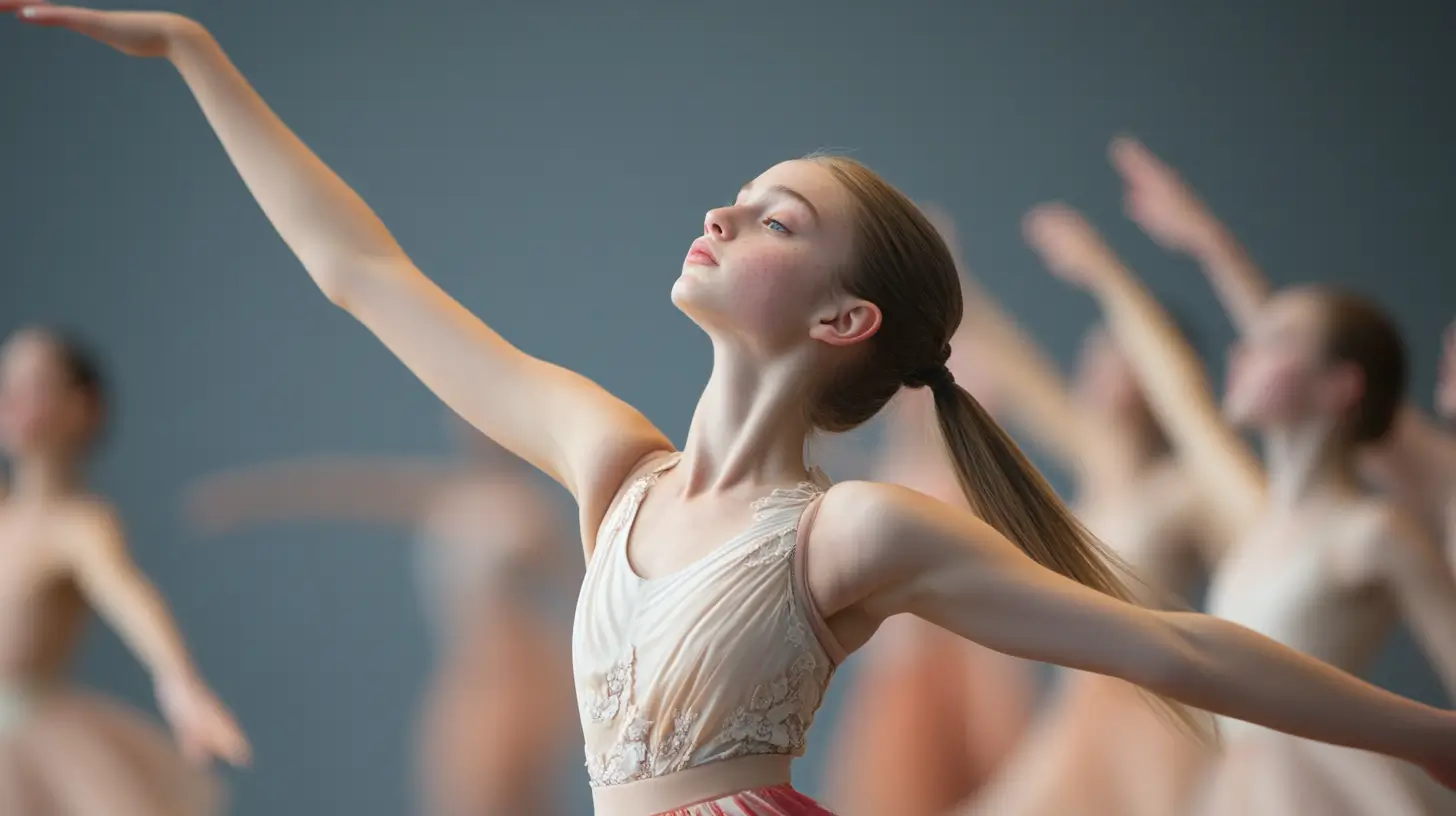
Becoming a professional ballet dancer requires immense dedication and rigorous training. Ballet dancers typically train for around six hours daily, six days a week, honing their skills through relentless practice and discipline. This demanding schedule is necessary to master the intricate techniques and maintain the peak physical condition required for ballet.
Dancing en pointe is a significant milestone in a ballet dancer’s training. Dancers should only begin dancing en pointe after mastering basic techniques and ensuring their feet and ankles are strong enough, typically at or after age 12, to prevent injury and use pointe shoes effectively.
Reaching a professional level in ballet often takes over a decade of continuous training. Ballet dancers start young, committing themselves to years of hard work and perseverance to perfect their craft under the guidance of a ballet master. This long-term dedication is a testament to their passion and love for ballet, as well as the high art standards.
Moreover, many ballet dancers can train together and dance for approximately 50 weeks each year, regardless of their performance schedule. This year-round commitment ensures that they are always ready for performances and can maintain the high level of skill required to succeed in the competitive world of ballet.
Ballet Shoes and Attire
Ballet shoes, whether pointe shoes or ballet slippers, are essential to a dancer’s wardrobe. They provide the necessary support and protection for a dancer’s feet. For professional ballet dancers, pointe shoes are indispensable, enabling them to perform en pointe — a technique that involves dancing on the tips of their toes. These specialized shoes feature a stiffened toe box and a hard, flat sole, offering the stability and support needed for this demanding technique.
Ballet dancers typically wear tights and leotards in addition to shoes. These garments provide a snug fit that allows complete freedom of movement, essential for executing ballet’s precise and fluid motions. The iconic tutu, often made of layers of netting or tulle, adds an element of elegance and drama to performances, enhancing the visual impact of the dance.
The design and construction of ballet attire have undergone significant evolution over time, influenced by shifts in fashion and advancements in material availability. Today, dancers have a wide array of options, from different styles of shoes to various cuts and colors of leotards and skirts. The choice of attire can vary depending on the specific style of ballet being performed and the dancer’s personal preferences.
Ballet attire is not only functional but also crucial in creating the aesthetic and atmosphere of a performance. Designing ballet costumes is a specialized field that requires a deep understanding of the dancers’ needs and the visual demands of the stage. Each attire contributes to the ballet’s overall storytelling and visual appeal, making it an integral part of the performance.
Understanding the history and significance of ballet shoes and attire can help us gain a deeper appreciation for the meticulous craftsmanship and thoughtful design that go into every aspect of a ballet performance.
The Financial Side of Ballet
The financial investment required for ballet training is substantial, often exceeding $100,000 over a 15-year period. This includes tuition for ballet classes at top-tier schools, which can cost approximately $53,000, as well as additional ballet school fees totaling around $2,000. These costs underscore the substantial financial investment required to pursue a career in ballet.
Professional dancers face high costs associated with their costumes and footwear. Pointe shoes, essential for female dancers who perform en pointe, can cost at least $29,000 over approximately seven years. The expenses for leotards and tights can also surpass $2,000 during a dancer’s training. Additionally, the physical demands placed on professional dancers during performances require rigorous training and high-quality gear, further adding to the financial burden.
Summer intensive programs, crucial for advanced training, can cost over $32,000 for a six-year period. Despite these high costs, many ballet schools offer limited scholarships that often do not cover all training expenses. This financial burden means that many dancers and their families must find ways to support their training, sometimes requiring them to hold additional jobs outside of dance to make ends meet.
Adding to these challenges, ticket sales for ballet companies have declined significantly, with a reported 32% drop, adjusted for inflation, from 2019 to 2022. Government support for dance organizations has also fluctuated, peaking at 26% of total revenue in 2022 but falling to just 4% in 2023. These financial hurdles emphasize the need for continued support and funding for the arts.
Ballet Audience Demographics

Ballet attracts a diverse audience, with over 29 million people attending dance performances annually in the United States alone. This significant attendance underscores ballet’s enduring appeal and ability to draw large crowds from various demographics.
Cultural background plays a vital role in ballet attendance, with programs like Project Plié providing scholarships and outreach to support dancers of color. These initiatives aim to diversify and make the ballet community more inclusive. Different ethnic groups show varying levels of engagement with ballet, reflecting the importance of targeted outreach and inclusive programming.
Younger audiences, particularly those aged 18 to 34, increasingly engage with ballet, thanks to innovative programming and outreach efforts. However, dance organizations led by people of color often operate with significantly smaller budgets, approximately one-third the size of those led by non-Black, Indigenous, and people of color (BIPOC) counterparts. This budget disparity highlights the need for greater support and funding to ensure equitable opportunities within the ballet community.
Injury Rates Among Ballet Dancers
Injury is a common and significant concern for ballet dancers. Approximately 80% experience at least one injury yearly, affecting their performance capabilities. These injuries range from minor strains to more severe issues requiring time off from training and performing.
Pre-professional ballet dancers still in training face injury rates ranging between 1.4 and 4.7 injuries per 1,000 dance hours. Considering all complaints over the past five years, about 67.4% of these dancers have experienced injuries. However, if focusing only on time-loss injuries, the yearly injury prevalence can be as low as 32.1%.
The ankle is the most frequently injured area among ballet dancers, with injury reports ranging from 16% to 33%. These high injury rates highlight the physical demands of ballet and the importance of proper training, conditioning, and injury prevention measures to enable dancers to perform at their best.
Ballet Performances and Productions
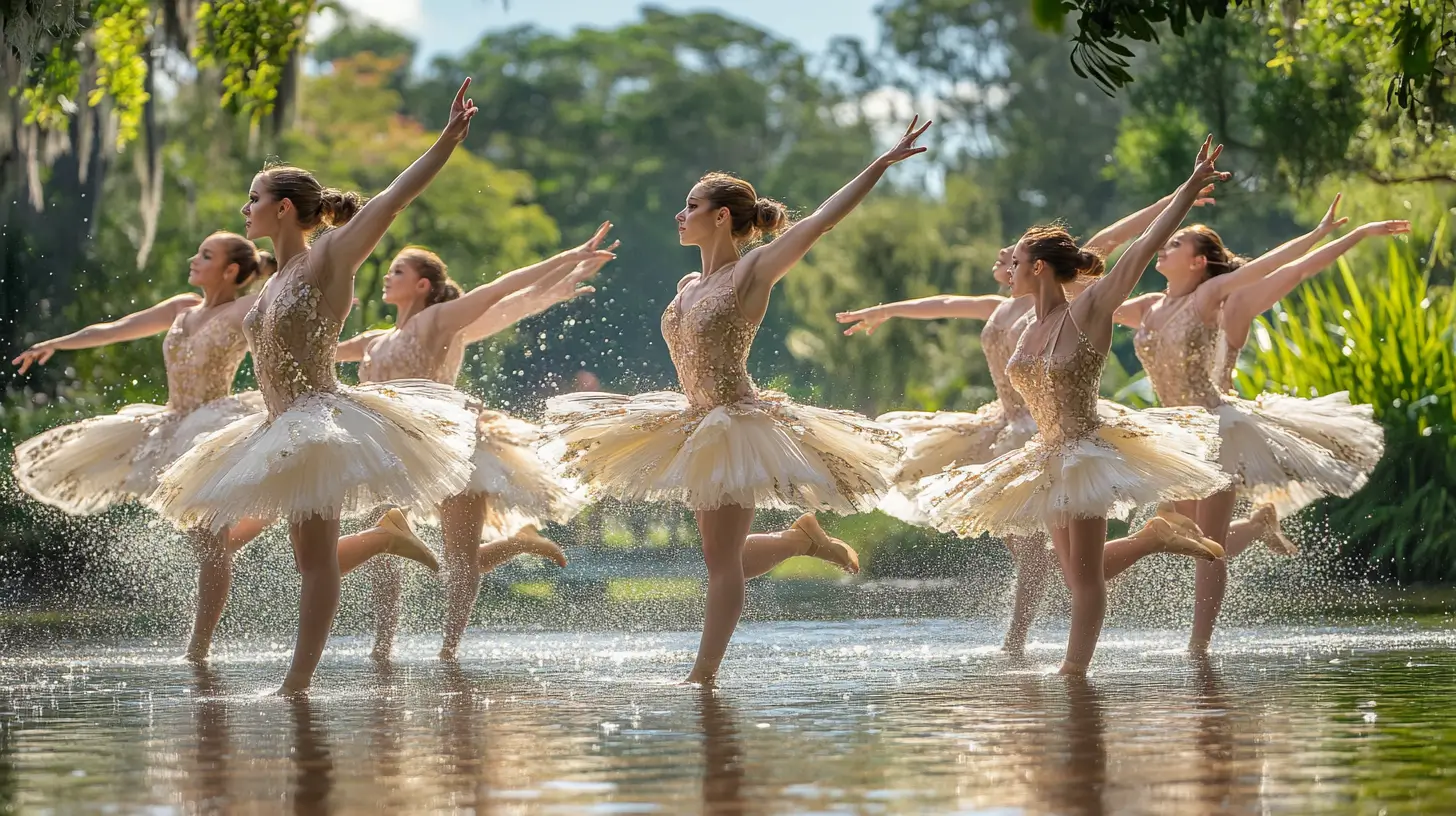
Some of the most frequently performed ballets, such as The Nutcracker, Sleeping Beauty, and Giselle, have become staples in the ballet repertoire for many evenings. These classic productions draw large audiences, particularly during the holiday season, and are a significant part of the cultural landscape.
Performing the same ballet multiple times presents unique challenges and a distinct quality in each performance. Despite the repetitiveness, each show offers new opportunities for the principal dancer to explore different facets of the characters and maintain balance throughout the portrayal.
Ballet performances attract middle-aged adults, particularly those aged 35 to 54, who comprise a significant portion of the ballet audience. The support of this demographic is crucial for ballet’s continued success and popularity.
While the number of ballet performances held yearly varies by location and company, they remain essential to cultural events and entertainment. Ballet productions are celebrated for their artistic excellence and ability to tell compelling stories through ballet performances.
Gender Representation in Ballet
Gender representation in ballet has long been a topic of discussion. Most professional ballet dancers are women, and this significant gender imbalance often leads to a higher representation of female dancers in ballet companies.
Male ballet dancers typically perform roles that require strength and athleticism, often portraying heroic or dominant characters. However, there is growing recognition of male dancers for their artistry and the diversity of their performances, which have moved beyond traditional roles.
Many ballet companies actively seek to diversify their casts and promote equitable gender representation. Women comprise a larger percentage of ballet audiences, often outnumbering men by a significant margin.
Impact of Ballet on Physical Fitness
Ballet is an art form and an excellent way to enhance physical fitness. Ballet exercises significantly improve muscle strength, particularly in the legs, back, and core. These ballet facts require dancers to maintain strong body alignment and body weight, which improves their posture.
Regular ballet practice promotes better balance by strengthening core muscles and enhancing control. The discipline and precision required in ballet training contribute to overall fitness levels, making it a highly effective exercise that combines artistic expression with physical benefits.
Ballet’s Economic Contribution
Ballet has a substantial economic impact, with the global market projected to reach $4 billion by 2024. The broader dance industry, encompassing ballet, is valued at approximately $123.7 billion and supports more than 2.9 million jobs globally.
Dance studios and schools play a crucial role in this economic contribution, employing over 1.5 million dance instructors worldwide. Productions like The Nutcracker are essential for ballet companies in the US, drawing large audiences and generating substantial revenue.
Famous Ballet Institutions

Institutions such as the American Ballet Theatre and the Royal Ballet are pivotal in shaping the world of ballet. These renowned organizations are known for their exceptional performances and contributions to the art form.
Programs like Pathway to Pointe help young dancers transition to their first pointe shoes and develop essential skills for their future in dance. These initiatives have a significant impact on the careers of young dancers and guide them through critical stages of their training.
Women’s contributions to these institutions are crucial in nurturing the next generation of ballet dancers and ensuring the continued growth and evolution of the art form.
Resume
With its rich history and global appeal, ballet captivates audiences and inspires dancers worldwide. The dedication of ballet dancers, the financial challenges they face, and the significant economic impact of ballet are just a few of the fascinating aspects of this beautiful art form.
As we look to the future, ballet will continue to evolve and thrive, thanks to the support of dedicated institutions and the passion of its performers and audience members. Ballet’s enduring appeal lies in its ability to combine athleticism, grace, and storytelling in a way that resonates with people from all walks of life.
Frequently Asked Questions
How many people worldwide take ballet classes today?
International teaching bodies report at least 4–5 million active ballet students, including over 400,000 enrolled through the Royal Academy of Dance’s network in 80 countries.
How large is the global ballet‑performance market?
Industry analysts value live ballet performance revenues at roughly US $ 0.4 billion in 2024, with forecasts exceeding US $ 1.6 billion by 2033—an average annual growth rate of 16‑17 percent.
What is the typical annual cost for serious pre‑professional ballet training?
Full-time academy tuition in the United States or Europe typically ranges from $ 7,000 to $ 10,000 per season, before extras such as summer intensives, uniforms, and travel costs.
How much do pointe shoes add to a dancer’s budget?
A professional ballerina may require 80–120 pairs per year; at US $80–$110 each, annual shoe costs can exceed US $ 7,000, and lifetime training expenses for footwear alone easily surpass US $ 25,000.
How many professional ballet companies operate worldwide?
Recent surveys identified 378 resident ballet or classically based companies across six continents, with company rosters ranging from fewer than 10 to more than 100 dancers each.
What percentage of dedicated dance students become professional ballet dancers?
Long-term studies indicate a conversion rate of about 10 percent, even among those pursuing a career, reflecting the art form’s intense physical and artistic demands.
Are job prospects for dancers improving?
The US Bureau of Labor Statistics projects 6 percent employment growth for dancers and choreographers between 2023 and 2033, outpacing the national occupational average.
Is ballet attracting a younger audience?
Yes—initiatives like New York City Ballet’s under‑30 ticket programs helped push the share of ticket buyers under fifty from 41 percent in 2018 to 53 percent in 2023.
How far can digital media extend ballet’s reach?
American Ballet Theatre alone logged more than 740 million video views worldwide in 2023, with most viewers outside the United States.
How many new ballets premiere each season?
Listing services such as Bachtrack tracked hundreds of full‑length narrative and mixed‑bill premieres for the 2024‑25 season, indicating a robust pipeline of new work every year.
How gender‑balanced are leadership roles in major ballet companies?
Among the world’s largest ensembles (50 dancers or more), women currently direct about one‑third of companies—an improvement over the previous decade but still well below parity.
What other sectors of the ballet economy are growing?
The ballet apparel market is valued at roughly US$1.2 billion in 2024. It is projected to approach US $1.9 billion by 2033, while US dance‑studio revenues now exceed US $4 billion annually across more than 10 000 businesses.
